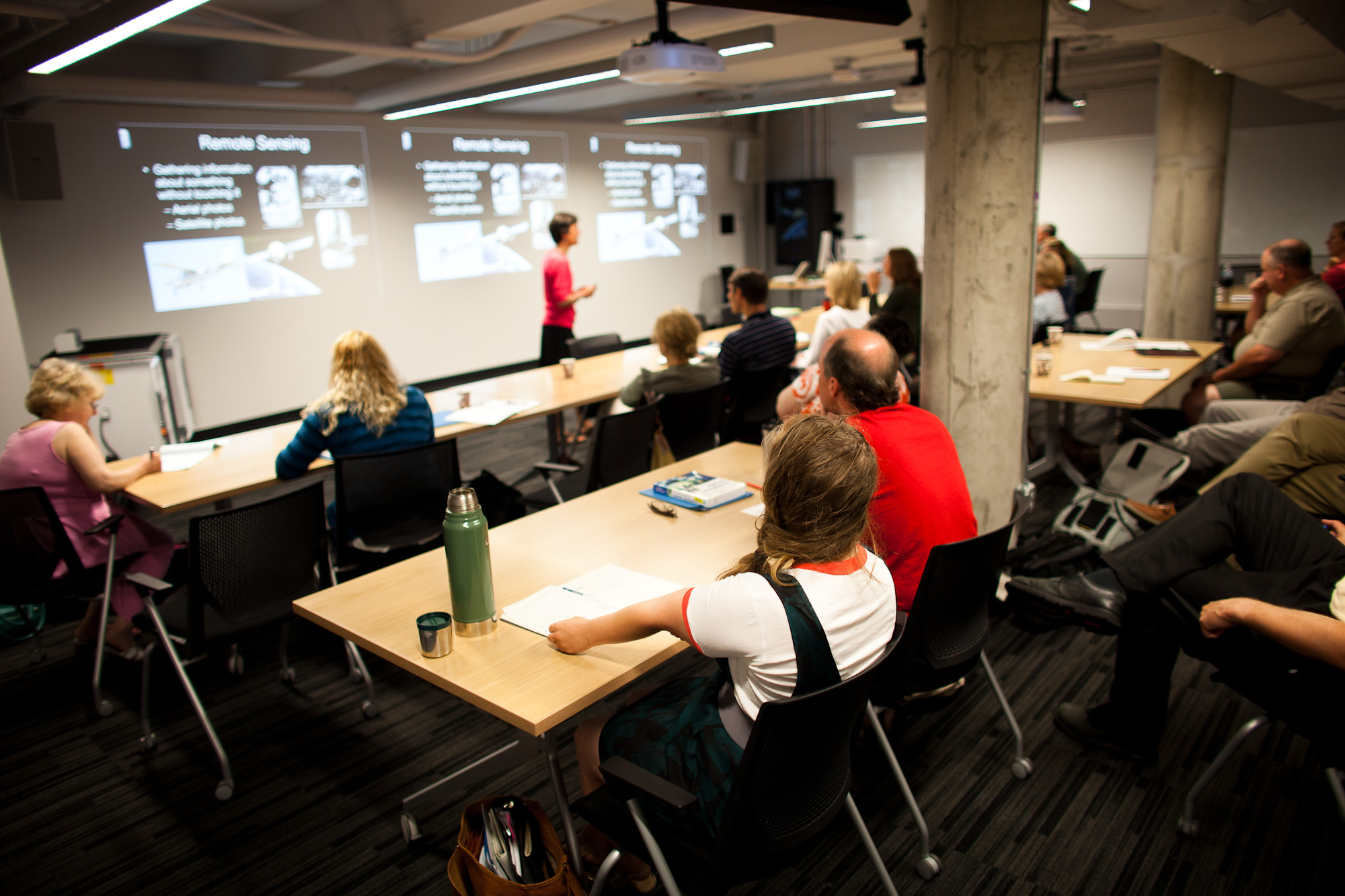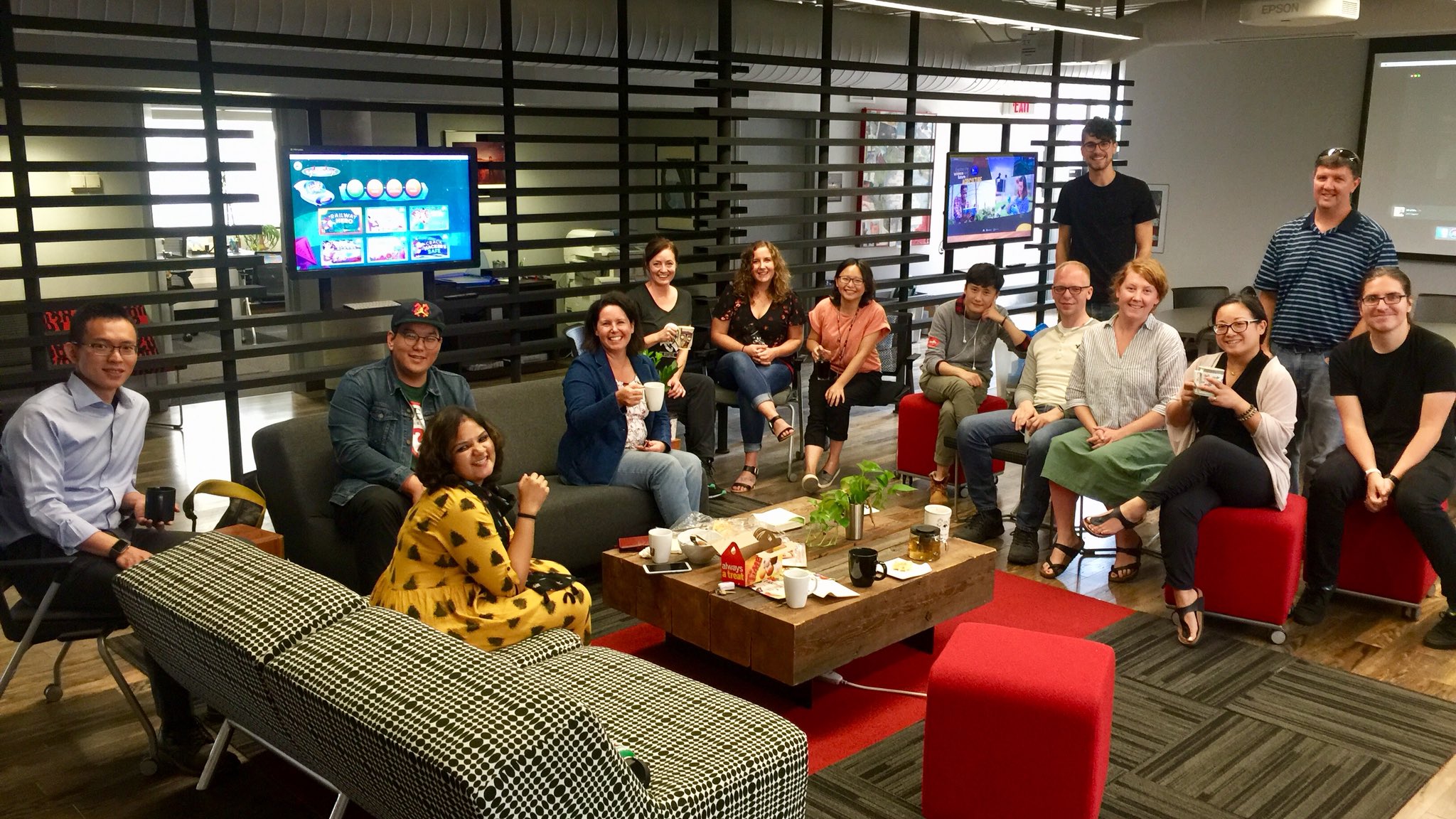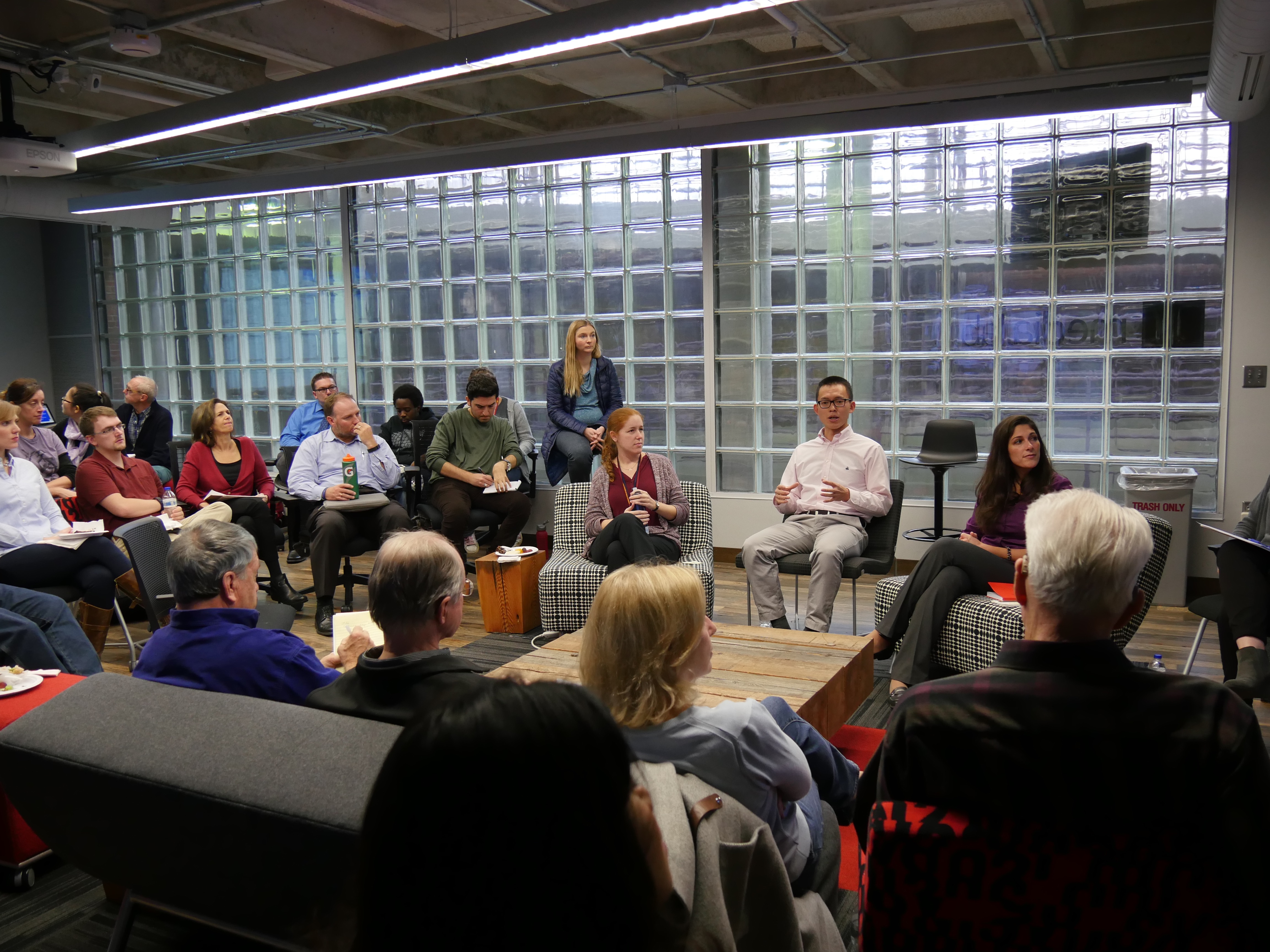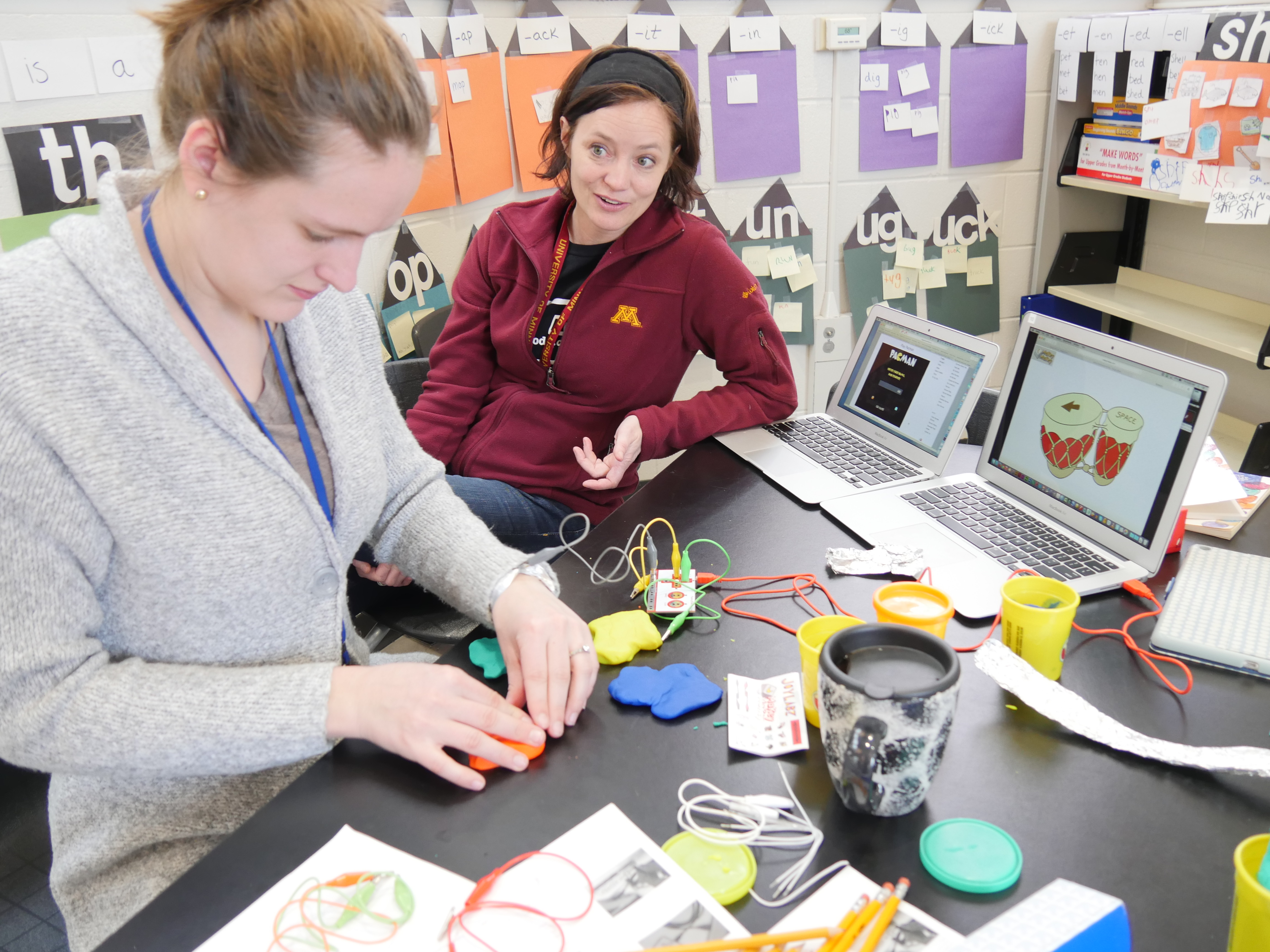June 13, 2017
Team members of the Bright Stars Project recently presented a symposium and a paper at the annual meeting of the Jean Piaget Society in San Francisco, California. This year’s conference theme was “Technologies & Human Development.”
Cynthia Lewis, Cassie Scharber, and Anne Crampton presented the symposium, The Bright Stars Project: Understanding Youth Engagement In and Across Complex Learning Environments. **Yolanda Majors and Maggie Struck were also co-authors of this symposium.
Summary: This symposium focused on three settings where youth engaged in learning experiences that involved digital technologies: schools, public libraries, and community-based organizations. We present findings suggesting that youth engage in learning when they have chances to meaningfully produce with technologies rather than merely consume digital media, circulate their work for a range of audiences, use their work to represent their identities, and take up agentive stances to engage in social justice (Scharber, Isaacson, Pyscher, & Lewis, 2016). Such findings underscore an urgent need to understand settings that effectively make use of digital tools to promote engagement in learning for youth within urban communities in general, and our own community in particular, with one of the largest achievement gaps in the nation (Minnesota Department of Education, 2015). This research seeks to better understand what is working rather than what has not been effective. We share descriptions of “what is possible" and “how it comes to be possible" (Gomez, Barron, & Pinkard, 2014, p. 10) and respond to the call for close examination of complex technology-mediated learning settings “through the lens of equity and opportunity" (Ito et al., 2013, p. 25).
Deb Ingram and Anne Crampton shared a paper entitled, Facets of Engagement in Quality Youth Programming. **Fan Ouyang, Cynthia Lewis, Cassie Scharber, and Yolanda Majors were also co-authors of this paper.
Summary: There is agreement in the literature that youth engagement is a multi-faceted phenomenon (Fredricks 2011; Shernoff 2013). Because the construct of engagement is woven throughout our research questions, we intentionally created a research design that not only mixes methods, but also mixes data collection procedures/tools that are designed to capture different, and not always completely overlapping, facets of engagement. This paper offers the audience an illustration of one generative approach to the analysis of mixed-methods data as well as emerging findings about the processes associated with engagement from multiple perspectives and across multiple settings. Specifically, we describe how we are employing our data and the varying facets of youth engagement revealed through these data to investigate the propensity of youth to create and pursue learning activities inside and outside of formal educational settings. Our field of data points resemble the different colors and shapes viewed when looking into a kaleidoscope. In our analyses, as we adjust the kaleidoscope to shift how the different shapes and colors (our data points) appear in relation to each other, different aspects of the connections between youth engagement and setting are foregrounded which enhances our capacity us to identify patterns and discontinuities.
The Bright Stars Project is sponsored by the William.T. Grant Foundation.



